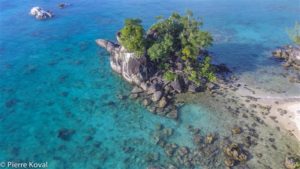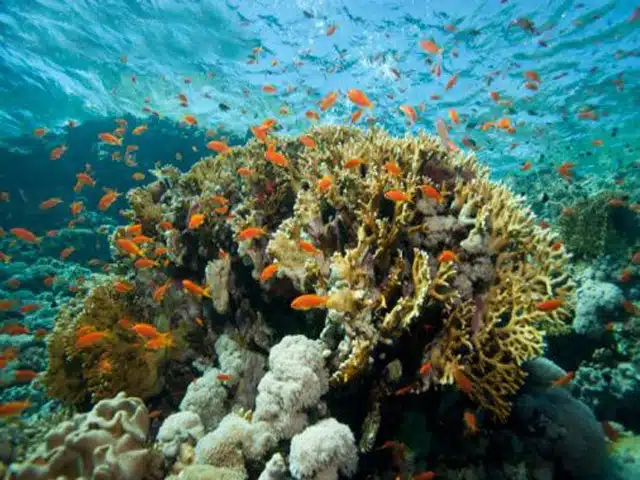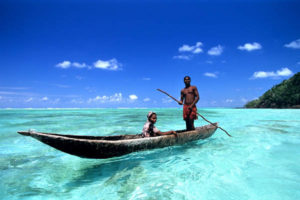Discover Nosy Boraha, also known as the island of Sainte-Marie
Nosy Boraha (Sainte-Marie, 200 km2) runs parallel to the east coast, about 15 miles off the coast of Soanierana-Ivongo. Regular rainfall has turned it into a huge tropical garden, planted with coconut, cinnamon, and clove trees, where anthuriums and orchids bloom.

The islanders are dedicated to agriculture (rice, coffee, vanilla, and more). Enjoy the lush landscapes and vibrant culture of Nosy Boraha on your next adventure!
Nosy Boraha, also known as “the island of Ibrahim” or “the island of Abraham”, was supposed to be named after a distant arrival of a Muslim or Jewish merchant. In the early 16th century, the Portuguese, who discovered it on the day of the Assumption of Mary, named it Santa Maria, a name that was later Frenchified to Sainte-Marie. The island is known for its cloves, breeding, and fishing (fish, lobster, shrimp). Since independence, Nosy Boraha has also become one of the country’s main tourist destinations.
History of the island of Sainte Marie
In Sainte-Marie, you can not only admire the humpback whale carousel, but also have plenty of time for swimming or hiking by the sea, on the islands, or in the tropical forests.








